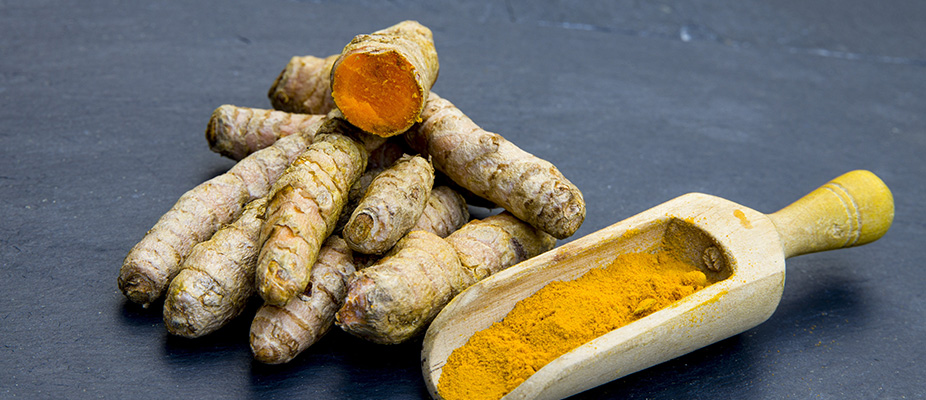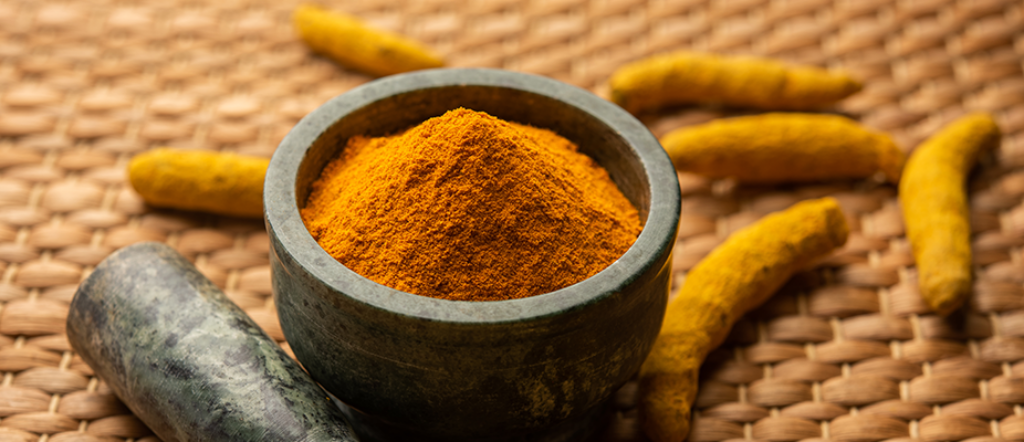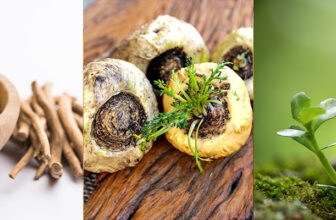
Introduction
Turmeric is an Indian spice that’s been used for thousands of years, but it’s making headlines today as a result of its anti-inflammatory properties. It’s also used in some curries and other dishes from Southeast Asia and Central America. Turmeric has been used throughout history in traditional medicine to treat everything from digestive problems to headaches. But what exactly is turmeric? Let’s take a look at its history, uses—and potential side effects!
What is Turmeric?
Turmeric is a spice that is made from the root of the Curcuma longa plant. It is used in Indian cooking to give food a yellow color and a spicy flavor. Turmeric has been used for centuries as both a food flavoring and as medicine for various ailments, such as arthritis, digestive problems, inflammation and infections such as colds or the flu. There is also evidence that suggests turmeric can help prevent certain types of cancers including breast cancer.
The name comes from its yellow-orange color – “turmeric” means “earth yellow” in Hindi while “curcuma” refers to its origin in India (Latin word curcumae).
The history of turmeric is more than just Indian curry and yellow stains.
Turmeric is a spice and powdered herb that is used to flavor food and as a coloring agent. It has been used in India for over 4,000 years, giving curry its distinctive yellow color.
The rhizome of the Turmeric plant (Curcuma longa) contains an active compound called curcumin which has antioxidant properties. The rhizome can be used fresh or dried and ground into powder form.
Turmeric is also widely used as a dye because it stains material such as leather orange-yellow or deep red depending on the mordant used to treat the material before dyeing with turmeric powder
Historical Timeline of Turmeric
While the history of turmeric is a bit shorter than you might think, it’s still longer than you might expect. Here’s a brief timeline:
• 1876 – First recorded use of turmeric in food, medicine and dyeing
• 1930 – Turmeric introduced to western countries as a medicinal herb; use as a
spice increases
• 1940s – Turmeric imports from India increase significantly due to high demand for
both food and medicine. This begins an era where large quantities of turmeric are exported from India to other parts of Asia, Africa and Europe.

Is Turmeric Effective?
Turmeric has a long history of use in Ayurveda, the traditional medicine of India. Turmeric’s use dates back more than 5,000 years and is considered one of nature’s most powerful healing herbs. Turmeric contains curcumin, which is responsible for its anti-inflammatory properties. In addition to being used as an anti-inflammatory agent, turmeric has also been found to improve cognitive function and protect against neurological damage caused by disease or injury. It may also help prevent cancer and heart disease.
The hidden benefit of turmeric that no one talks about.
You may have heard that turmeric is a powerful anti-inflammatory, and this is true. However, many people fail to realize that there’s something else you can use turmeric for that has even more benefits: cosmetic purposes!
The antioxidant known as curcumin in turmeric gets rid of acne scars, reduces wrinkles and fine lines, lightens discoloration and helps heal sunburns. It’s also a great natural skin moisturizer that hydrates your face while it heals blemishes.
Conclusion
There you have it—a brief history of turmeric. Now that you know everything there is to know about this incredible spice, it’s time for you to try it out for yourself! If you don’t already have any at home, we recommend picking up some organic turmeric powder and incorporating it into your diet as soon as possible. Don’t forget about all the benefits we mentioned above; from anti-inflammatory properties and cancer prevention to improved brain function and better digestion, this spice has something special for everyone!








